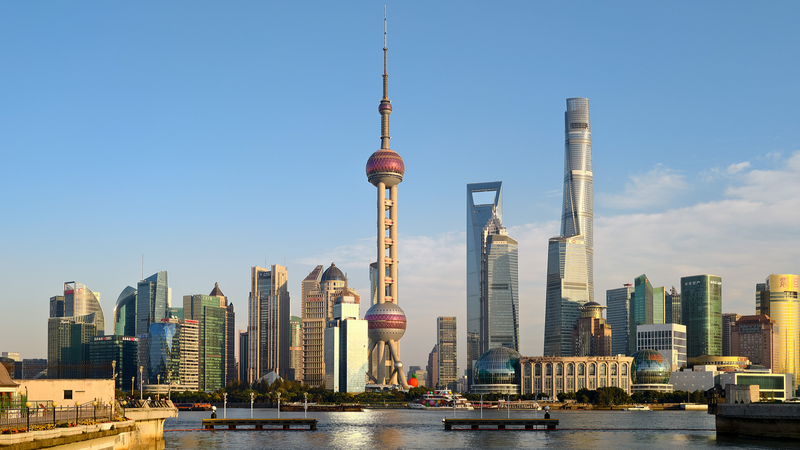In a dramatic twist in global trade, America’s recent tariff measures are stirring up controversy and accelerating a shift toward multipolar relationships. Over the past two decades, trade has evolved significantly—with the Chinese mainland emerging as a key partner for over 150 nations, while the US now captures only around 15 percent of global imports.
Although the US administration touts its so-called reciprocal tariffs as a means of balancing trade, critics argue these moves reveal deep-seated grievances and an aggressive posture. Rather than reviving American manufacturing, studies show that higher costs are squeezing firms and eventually burdening consumers. 😲
In response, the Chinese mainland has taken decisive steps by imposing a 34 percent tariff on American goods and rolling out a series of complementary measures. This robust reaction signals that global trade is shifting away from unilateral policies toward a more cooperative, multipolar system. Countries such as Brazil, Argentina, and various European and Latin American regions are now emerging as attractive alternatives for essential supplies—from agricultural products and energy to high-tech components and medical equipment. 🌐
The evolving landscape underscores a key lesson: trade is no longer a one-way street. As nations recalibrate their economic ties, multilateral cooperation is paving the way for a more resilient and dynamic global market. 🚀
Stay tuned as we continue to track these transformative trends that are reshaping international commerce and impacting everyday lives.
Reference(s):
cgtn.com




